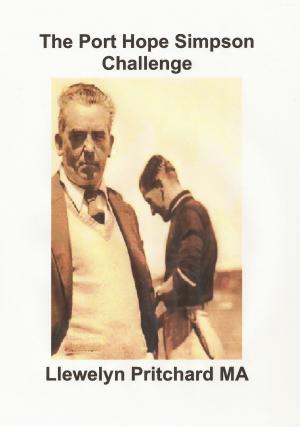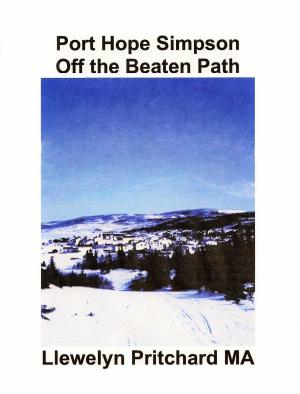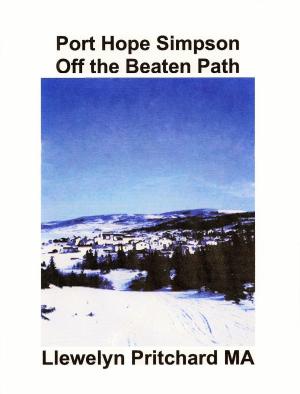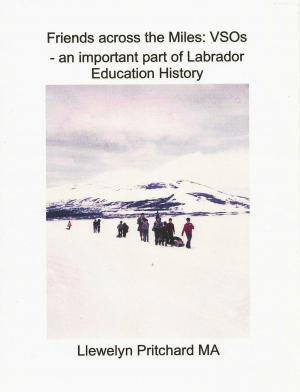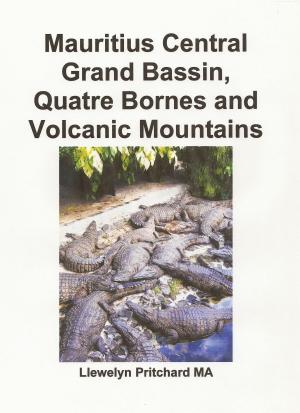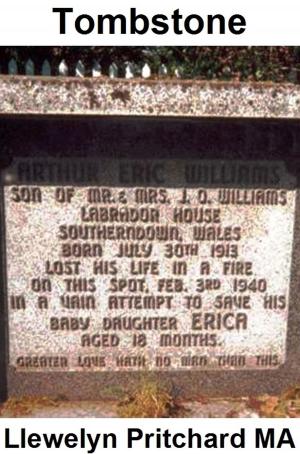Legacy Port Hope Simpson Town, Newfoundland and Labrador, Canada
Nonfiction, History, Canada, Social & Cultural Studies, True Crime| Author: | Llewelyn Pritchard | ISBN: | 9781301106486 |
| Publisher: | Llewelyn Pritchard | Publication: | October 17, 2012 |
| Imprint: | Smashwords Edition | Language: | English |
| Author: | Llewelyn Pritchard |
| ISBN: | 9781301106486 |
| Publisher: | Llewelyn Pritchard |
| Publication: | October 17, 2012 |
| Imprint: | Smashwords Edition |
| Language: | English |
Legacy Port Hope Simpson Town, Newfoundland and Labrador, Canada;
Series Title: Port Hope Simpson Mysteries
Vol 3
by
Llewelyn Pritchard
Smashwords Edition
Copyright 2010 Llewelyn Pritchard
Legacy is based on previously classified British Government documents seen here for the first time. It highlights the inescapable fact that 2 unexplained deaths still tarnish the great history of sustainable development achieved by the people of Port Hope Simpson Town in South East Labrador, Canada. What happened on one fateful night in the early hours of 3 February 1940, near Pioneer Street today in Port Hope Simpson Town, Newfoundland and Labrador, Canada remains stubbornly and inextricably bound-up with the history of the place and its people. Until the deaths are fully investigated and explained by the Royal Canadian Mounted Police (R.C.M.P.) Serious Crimes Unit, The Department of Justice, St. John’s, Newfoundland, Canada then the history of the town can never be truly known and at the very least the town's people are being denied full knowledge of their own past. At worst, personal knowledge about what really happened is still being kept hidden. WHO DIED IN WHAT CIRCUMSTANCES? Arthur Eric Williams b. 30.07.13, (eldest son of John Osborn Williams, owner of the Labrador Development Company Ltd. Logging company based in Port Hope Simpson from 1934) and Erica D'Anitoff Williams b. 15.07.36 his infant daughter from Cardiff, Wales died on Feb 3 1940 in suspicious, acrimonious circumstances. TOO MANY QUESTIONS REMAIN UNANSWERED... Why are so many Newfoundland Rangers’ reports from Labrador missing from Provincial Archives in St. John’s? (Clarence Dwyer, 18 years of age was the Ranger on duty at the Port Hope Simpson Detachment when the deaths occurred.) What was the real reason that explains why the retired Indian civil servant, Sir John Hope Simpson, Newfoundland Commissioner of Natural Resources and Acting-Commissioner of Justice worked so hard even after he no longer had any official responsibilities, to keep the Newfoundland Rangers under the jurisdiction of the Natural Resources Department instead of under the Department of Justice? No medical report has been found. Yet it was reported at the time that a doctor from Mary's Harbour attended to Olga, wife and mother of the deceased after she was rescued from the burning house. What happened to the report? Olga married one of her rescuers, Sid Wiseman but why did she complain afterwards that she had been cut off from all contact with the Williams family after the deaths. (On the other hand, J. O. Williams was able to bequeath considerable funds.) Why did an Oral History interview which involved the grandson and his wife of J. O. Williams leave Llewelyn with the distinct impression that the tradition of secrecy surrounding the deaths was still being carried on today? A granite tombstone was built on the same spot where they had perished. It was erected on top of a hastily-built concrete grave in which the bodies had been quickly buried by order of Keith Younge, the local manager of the Company. But different inscriptions were carved into the concrete and granite headstones! Why? What happened in the time between when the deaths occurred and when they were carved to cause them to change? Why was any reference to Olga completely removed from the second inscription on order of John Osborn Williams? Why are there at least 6 apparent evidence discrepancies on the tombstone? Why did the deceased father complain about Olga’s character in the highly confidential letter to Keith Younge now in the public domain at National Archives UK Ref. Public Enquiry into the Affairs of the Labrador Development Company Ltd. 1945? Why was pertinent information about the deaths kept secret under the classification of “Closed Papers” by the British Government until 1996 – 98?
Legacy Port Hope Simpson Town, Newfoundland and Labrador, Canada;
Series Title: Port Hope Simpson Mysteries
Vol 3
by
Llewelyn Pritchard
Smashwords Edition
Copyright 2010 Llewelyn Pritchard
Legacy is based on previously classified British Government documents seen here for the first time. It highlights the inescapable fact that 2 unexplained deaths still tarnish the great history of sustainable development achieved by the people of Port Hope Simpson Town in South East Labrador, Canada. What happened on one fateful night in the early hours of 3 February 1940, near Pioneer Street today in Port Hope Simpson Town, Newfoundland and Labrador, Canada remains stubbornly and inextricably bound-up with the history of the place and its people. Until the deaths are fully investigated and explained by the Royal Canadian Mounted Police (R.C.M.P.) Serious Crimes Unit, The Department of Justice, St. John’s, Newfoundland, Canada then the history of the town can never be truly known and at the very least the town's people are being denied full knowledge of their own past. At worst, personal knowledge about what really happened is still being kept hidden. WHO DIED IN WHAT CIRCUMSTANCES? Arthur Eric Williams b. 30.07.13, (eldest son of John Osborn Williams, owner of the Labrador Development Company Ltd. Logging company based in Port Hope Simpson from 1934) and Erica D'Anitoff Williams b. 15.07.36 his infant daughter from Cardiff, Wales died on Feb 3 1940 in suspicious, acrimonious circumstances. TOO MANY QUESTIONS REMAIN UNANSWERED... Why are so many Newfoundland Rangers’ reports from Labrador missing from Provincial Archives in St. John’s? (Clarence Dwyer, 18 years of age was the Ranger on duty at the Port Hope Simpson Detachment when the deaths occurred.) What was the real reason that explains why the retired Indian civil servant, Sir John Hope Simpson, Newfoundland Commissioner of Natural Resources and Acting-Commissioner of Justice worked so hard even after he no longer had any official responsibilities, to keep the Newfoundland Rangers under the jurisdiction of the Natural Resources Department instead of under the Department of Justice? No medical report has been found. Yet it was reported at the time that a doctor from Mary's Harbour attended to Olga, wife and mother of the deceased after she was rescued from the burning house. What happened to the report? Olga married one of her rescuers, Sid Wiseman but why did she complain afterwards that she had been cut off from all contact with the Williams family after the deaths. (On the other hand, J. O. Williams was able to bequeath considerable funds.) Why did an Oral History interview which involved the grandson and his wife of J. O. Williams leave Llewelyn with the distinct impression that the tradition of secrecy surrounding the deaths was still being carried on today? A granite tombstone was built on the same spot where they had perished. It was erected on top of a hastily-built concrete grave in which the bodies had been quickly buried by order of Keith Younge, the local manager of the Company. But different inscriptions were carved into the concrete and granite headstones! Why? What happened in the time between when the deaths occurred and when they were carved to cause them to change? Why was any reference to Olga completely removed from the second inscription on order of John Osborn Williams? Why are there at least 6 apparent evidence discrepancies on the tombstone? Why did the deceased father complain about Olga’s character in the highly confidential letter to Keith Younge now in the public domain at National Archives UK Ref. Public Enquiry into the Affairs of the Labrador Development Company Ltd. 1945? Why was pertinent information about the deaths kept secret under the classification of “Closed Papers” by the British Government until 1996 – 98?
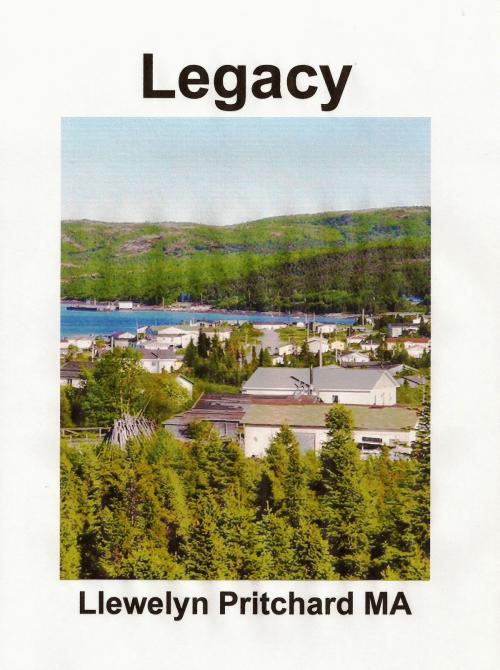
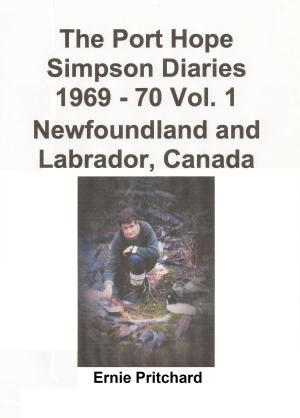

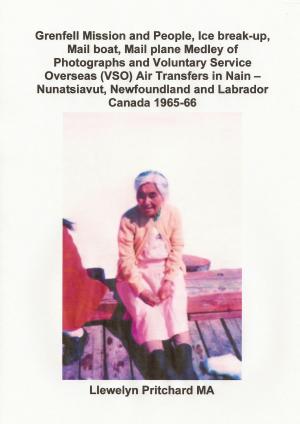
![Cover of the book The Olympic Games in Pictures, Olympic Park, East London 5 August 2012 [Part 1] by Llewelyn Pritchard](https://www.kuoky.com/images/2013/october/300x300/9781311520159-TNTq_300x.jpg)


![Cover of the book Wild Flower Meadows and The ArcelorMittal Orbit in Pictures [Part 2] by Llewelyn Pritchard](https://www.kuoky.com/images/2013/november/300x300/9781311789570-pRJx_300x.jpg)
